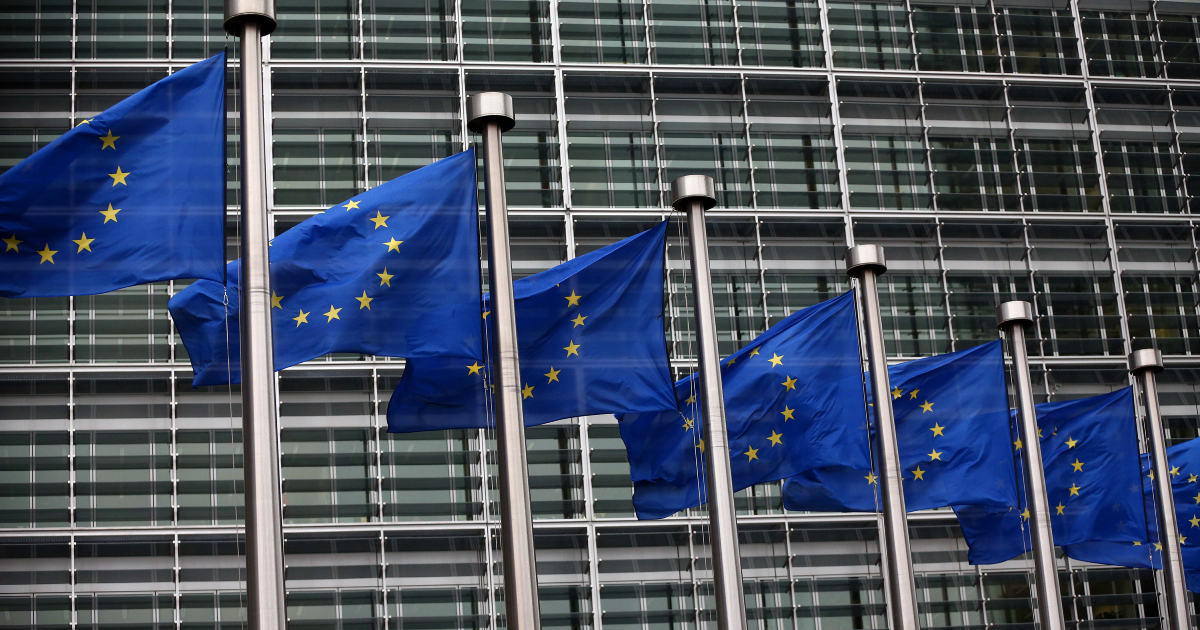“All EU citizens will have the opportunity to have a European digital identity wallet“. One small step forhomo digitalis, a big step for Brussels. The European Union has recorded decisive progress in the digitalization of public services, with the agreement reached on Thursday November 9 between the European Parliament and the Council of the EU, the initial proposal of which dates back to 2021. Thanks to this digital tool, European citizens will be able to access public and private online services in complete security, benefiting from total protection of their data.
How does it work in practice? The wallet in question will allow you to securely store your digital identity. It will be used in particular to open bank accounts, make payments and store official documents, such as a mobile driving license, a transport ticket or a medical prescription…
“The wallet will offer a user-friendly and convenient alternative to online identification guaranteed by EU law. The wallet will fully respect the user’s choice whether or not to share personal data; it will offer the highest degree of security independently certified to identical standards; finally, the relevant parts of its code will be published as open source in order to exclude any possibility of misuse, illegal tracking or tracing, or interception by authorities“, specifies the European Commission in a press release.
An alternative to Google, Apple or Facebook
The wallet will also “to identify and authenticate online without having to rely on commercial providers — a practice that raises trust, security and privacy concerns“. The EU is targeting Gafam here, which offers identification systems from third-party services widely popular with Internet users.
The wallet will also provide access to a dashboard of all operations accessible to its holder. It will provide the ability to report suspected violations of data protection rules and enable cross-wallet interactions. Citizens will be able to integrate existing national electronic identification systems into their wallets and benefit from free electronic signatures for non-professional use.
The next important step will be the formal approval of the system by the European Parliament and the Council. As for the concrete materialization of this measure in our lives, it will not be for tomorrow… Member countries will have to provide digital identity wallets within 24 months following the adoption of the implementing acts of the agreement , adoption which should take place within 6 to 12 months following approval. When the machine starts…
